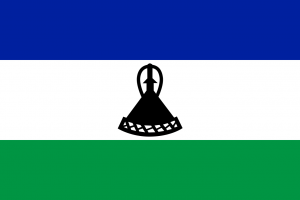Language/Southern-sotho/Grammar/Plurals
Hi Southern Sotho learners!😊
Learning Southern Sotho Grammar can be a challenge, but with the right approach and dedication, you can master it in no time! In this lesson, we will focus on plurals in Southern Sotho.
Plural Formation
In Southern Sotho, there are two ways to form plurals: by adding a suffix or by reduplication.
Suffix
The most common way to form plurals is by adding a suffix. The suffix used depends on the noun class of the word. For example, the suffix for nouns in class 1 is -a, while the suffix for nouns in class 2 is -e.
For example, the singular form of the word mohopolo (book) is mohopolo, while the plural form is mohopoloa (books). Similarly, the singular form of the word mokgwa (dog) is mokgwa, while the plural form is mokgwae (dogs).
Reduplication
Another way to form plurals is by reduplication. This means repeating the same word twice. For example, the singular form of the word mohau (person) is mohau, while the plural form is mohau mohau (people).
It is important to note that reduplication is only used for nouns in class 1. Nouns in other classes cannot be reduplicated.
Plural Agreement
In Southern Sotho, the verb must agree with the subject in number. This means that if the subject is plural, the verb must also be in the plural form.
For example, the sentence The book is red would be Mohopolo o tšwetšwe in Southern Sotho. However, if the subject is plural, the sentence would be Mohopoloa o tšwetšwe (The books are red).
Similarly, adjectives must also agree with the noun in number. For example, the sentence The book is big would be Mohopolo o nyenyane in Southern Sotho. However, if the subject is plural, the sentence would be Mohopoloa o nyenyane (The books are big).
Conclusion
In this lesson, we have looked at how to form plurals and how to make sure that the verb and adjective agree with the noun in number. To improve your Southern Sotho Grammar, you can also use the Polyglot Club website. Find native speakers and ask them any questions!
If you have any questions, please ask them in the comments section below.
Feel free to edit this wiki page if you think it can be improved. 😎

